USE OF LASER IN PHYSIOTHERAPY
Table of Contents
Definition
LASER Therapy is a non-invasive treatment modality increasingly used in physiotherapy to promote healing, reduce pain, and accelerate tissue repair. By utilizing specific wavelengths of light, LASER therapy penetrates deep into tissues, stimulating cellular activity and enhancing the body’s natural healing processes.
Commonly applied in the treatment of musculoskeletal injuries, arthritis, and soft tissue damage, LASER therapy has become a valuable tool for physiotherapists aiming to provide safe and effective pain relief while improving patient outcomes. Its growing popularity is attributed to its precision, minimal side effects, and versatility in treating a wide range of conditions.
According to Posten et al, the properties of low-level lasers are:
- a) Power output of lasers being 0.001- 0.1 Watts.
- b) Wavelength in the range of 300-10,600 nm.
- c) Pulse rate from 0, meaning continuous to 5000 Hertz (cycles per second).
- d) Intensity of 0.01-10 W/cm2 and dose of 0.01 to 100 J/ cm2 5.
-In medicine, lasers allow surgeons to work at high levels of precision by focusing on a small area, damaging less of the surrounding tissue. If you have laser therapy, you may experience less pain, swelling, and scarring than with traditional surgery. However, laser therapy can be expensive and require repeated treatments.
What is LASER Therapy?
Laser Therapy is the application of red and infrared light over injuries to improve soft tissue healing resulting in relief of acute and chronic conditions. Laser therapy uses monochromatic light emission from high-intensity super luminous diodes to treat musculoskeletal injuries, and chronic and degenerative conditions to heal wounds.
The light source is placed in contact with the skin allowing the photon energy to penetrate the soft tissue, where it interacts with various intracellular biomolecules resulting in the restoration of normal cell functions and enhancement of the body’s healing processes.
Production of LASER?
A laser device is made up of an optical cavity or chamber that contains an active medium for which the LASER is named. The chamber has mirrors on either end that are perfectly parallel to each other within a single wavelength of light. One of the mirrors is partially open. Electricity or energy is added to the medium which excites it.
The active medium atoms are reflected back and forth across the mirrors within the chambers. this causes more excitation of atoms within the medium. Laser light is then emitted through the partially reflective end of the mirror. The light production occurs in the following steps:
1. Electron is pumped to a higher energy level.
2. The pumping level is unstable so the electron quickly jumps to a slightly lower energy level.
3. The electron relaxes to a lower energy state and releases a photon.
4. Light and an electron in an excited energy level produce two photons of the same wavelength and phase.
5. Mirror reflects the photons or laser light is emitted.
Properties of LASER
Due to the specific nature of how LASER is produced it also has specific properties;
1. Monochromatic –
Monochromaticity refers to the colour or wavelength of the light. Since the laser is produced from a single active medium laser light it is of a single colour, one wavelength.
2. Coherent and Parallel-
Due to the common wavelength of laser light, the phase of each wave is also common. Light travels in sine waves in phase relationship with one another with peaks and valleys precisely coinciding and reinforcing each other so laser light travels as a parallel beam spreading very little.
Physiology of laser therapy
Light therapy or LASER (light amplification by stimulated emission of radiation) is used for pain management, stimulating tissue healing, and controlling inflammation. It is used to increase the speed, quality, and strength of tissue repair. The effects of pain relief are due to the result of enhanced endorphin release.
It is also known as phototherapy and low-level laser therapy. The application of low-power light causes bio-photons to travel to the damaged cells. This physiologically accelerates cell division by mitochondrial stimulation, increased leukocyte phagocytosis, and fibroblast and ATP production. The release of nitric oxide causes vasodilation and acts as a neurotransmitter, normalizing conductivity and releasing beta-endorphins. There are four classes based on their power.
Most therapeutic or cold lasers are Class III (power ranging from one milliwatt to 500 milliwatts). Hot lasers (usually used in surgery) are Class IV (> 500 milliwatts of power). Laser therapy is measured in joules (energy delivered by one watt of laser energy in one second). Most therapies call for one to eight joules of energy. The laser’s wavelength determines the depth of penetration and the higher power simply delivers the energy to the same depth faster.
How Does Laser Therapy Work?
When a cell is working to repair itself, it needs a great deal of energy. Most cells continue to work at their usual rate, which is why the repair of some tissues takes so long. In some instances, the cells stay so busy dealing with inflammation and bi-products that are present in the injured tissue; that they don’t have enough energy left to provide effective repair.
With the use of lasers, the cells are stimulated and their activity is increased so that they can perform better, faster, and more effectively. The result is enhanced wound and injury healing in a shorter period of time. A more detailed explanation of the science behind how laser therapy works is that the light from the laser stimulates the cell’s mitochondria into hyperactivity.
The Krebs Cycle of metabolism occurs on the inner membrane of this structure, liberating energy from the chemical bonds present in ATP (adenosine triphosphate) molecules. The cell is provided with more energy and is now in an optimum condition to play its part in the healing process.
When the light source is placed against the skin, the photons penetrate several centimeters and get absorbed by the mitochondria. The energy fuels many positive physiological responses resulting in the restoration of normal cell morphology and function but at an enhanced rate. Targeted in haemoglobin and cytochrome oxidase, the high-power diode laser could help in respiration and then as a result have a good performance therapy.
Laser therapy may be used to:
- shrink or destroy tumors, polyps, or precancerous growths
- relieve symptoms of cancer
- remove kidney stones
- remove part of the prostate
- repair a detached retina
- improve vision
- treat hair loss resulting from alopecia or aging
- treat pain, including back nerve pain
- Lasers can have acauterizing, or sealing, effect and may be used to seal:
- nerve endings to reduce pain after surgery
- blood vessels to help prevent blood loss
- lymph vessels to reduce swelling and limit the spread of tumor cell
- Lasers may be useful in treating the very early stages of some cancers, including:
- cervical cancer
- penile cancer
- vaginal cancer
- vulvar cancer
- non-small cell lung cancer
- basal cell skin cancer
- For cancer, laser therapy is usually used alongside other treatments, such as surgery, chemotherapy, or radiation.
Laser therapy is also used cosmetically to:
- remove warts, moles, birthmarks, and sun spots
- remove hair
- lessen the appearance of wrinkles, blemishes, or scars
- remove tattoos
What Conditions/Injuries can be treated by Laser Therapy?
- Rotator Cuff Tears
- Tennis and Golfer’s Elbow
- Calcifications
- Fractures with Soft Tissue Damage
- Ligament and Tendon Tears
- Sprains and Strains
- Plantar Fasciitis
- Degenerative Disc Disease
- Bursitis
- Chondromalacia Patella
- TMJ
- Carpal Tunnel Syndrome
- Whiplash Injury
- Arthritis
What are the risks?
There are various risks associated with laser therapy. Among the adverse effects of skin treatment are:
- bleeding
- infection
- pain
- scarring
- changes in skin color
Furthermore, multiple sessions might be required because the treatment’s intended effects might not last forever.
There are potential risks associated with having general anesthesia for certain laser surgeries. Among them are:
- pneumonia
- confusion after waking from the operation
- heart attack
- stroke
Additionally, some treatments can be costly, making them unavailable to certain people. The cost of laser eye surgery varies depending on your healthcare plan, the surgeon, and the facility you choose. It can range from $500 to up to $10,000 or more. From $200 to more than $3,400, laser skin remedies can be purchased, according to the University of Michigan Cosmetic Dermatology & Laser Center.
Contraindications of LASER
- Pregnancy
- Tumor
- Hemorrhage
- Pacemaker
- Thrombosis
- Chronic refractory wounds
Precautions
- Must wear goggles or glasses that protect against lasers
- Misuse of the goggles can lead to a false sense of security, making their inappropriate use even more harmful than not using them at all.
- To prevent unintentional exposure, laser equipment should be positioned in a restricted location with limited access.
- Stay away from mirrored surfaces’ laser reflection.
- Keep children’s eyes closed and avoid exposing them.
Evidence
The findings from the 2018 study “High-intensity laser therapy: An effective treatment for musculoskeletal disorders.” In comparison to controls, HILT treatment for back and neck pain significantly improved pain and disability scores, according to a systematic review and meta-analysis of randomised controlled trials. It also stated that in order to evaluate each laser application, treatment region, and comparator in more detail, more carefully planned studies with larger samples and long-term follow-up were required.
An inconclusive study published in 2017 under the title “Effective treatment options for musculoskeletal pain in primary care: A systematic overview of current evidence” found conflicting information regarding the efficacy of laser therapy for treating acute or chronic neck pain or shoulder discomfort. Low-level laser therapy may supplement exercise and/or surgical treatment in the case of knee discomfort.

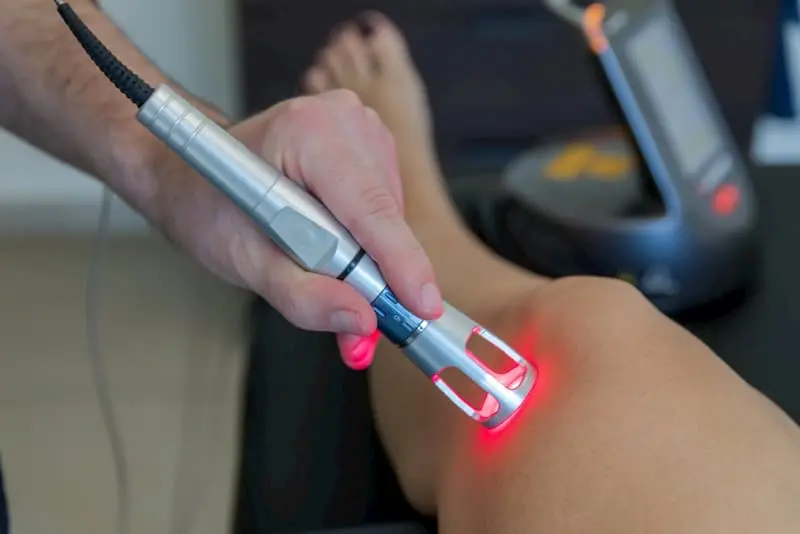
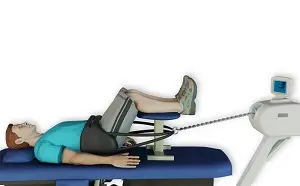
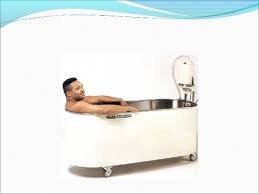

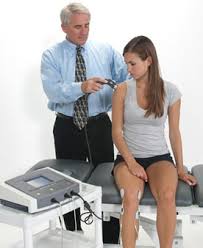
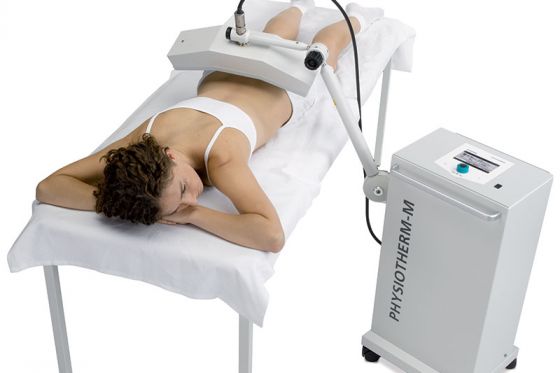
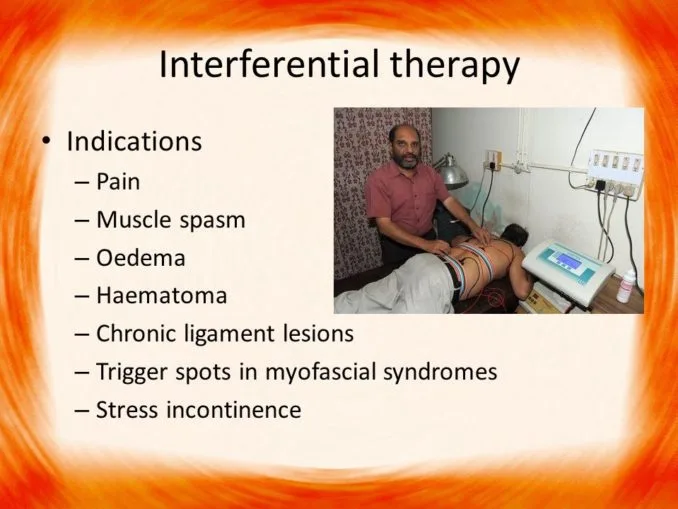
5 Comments